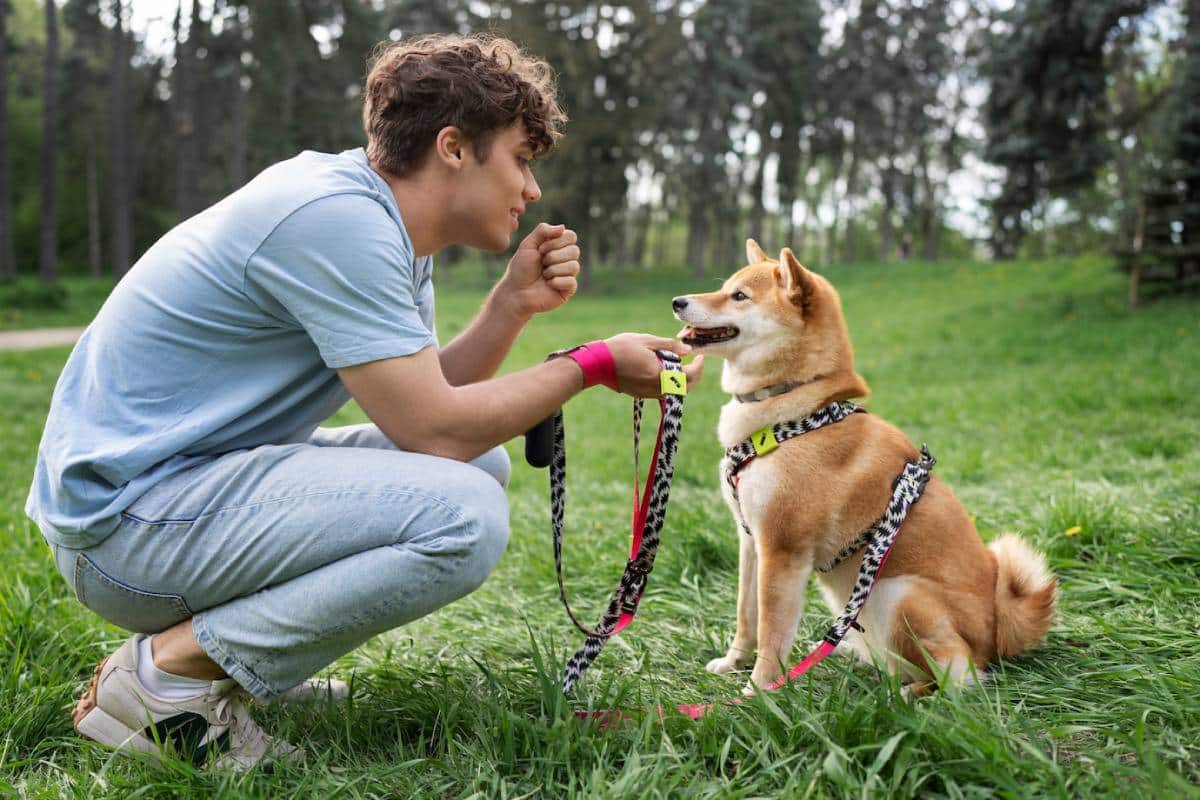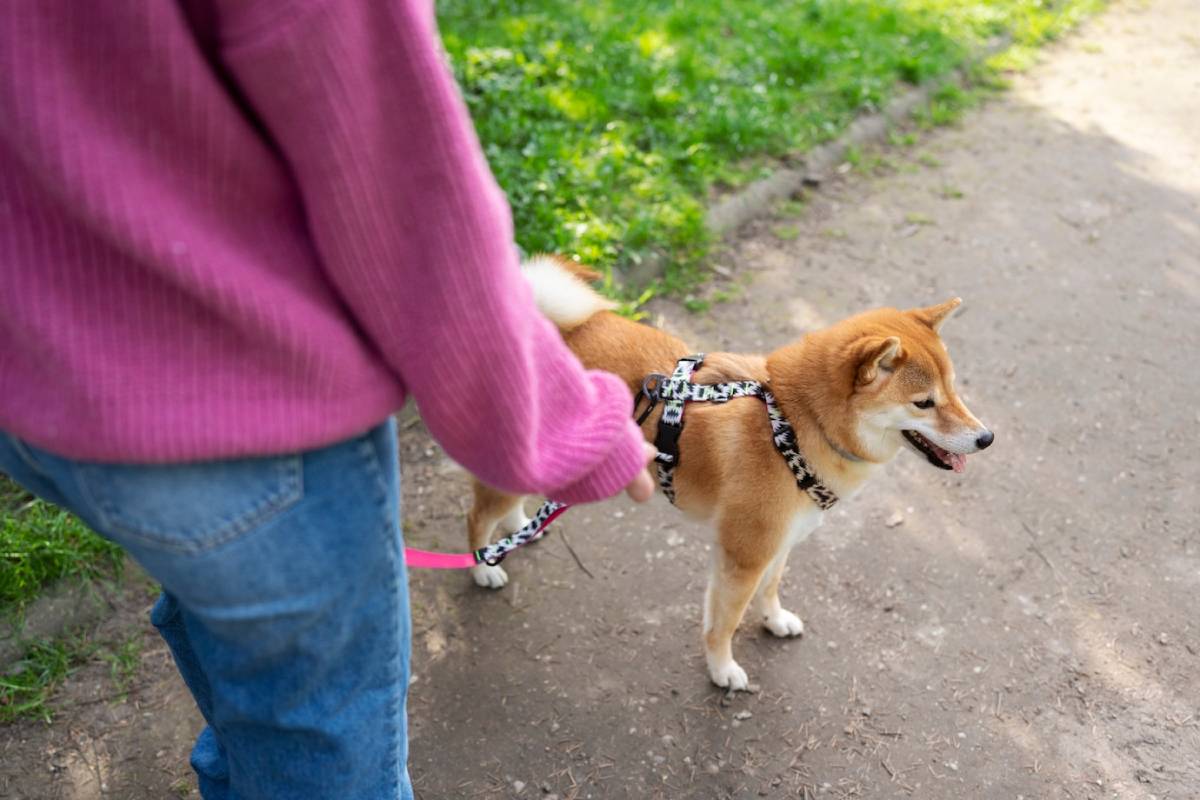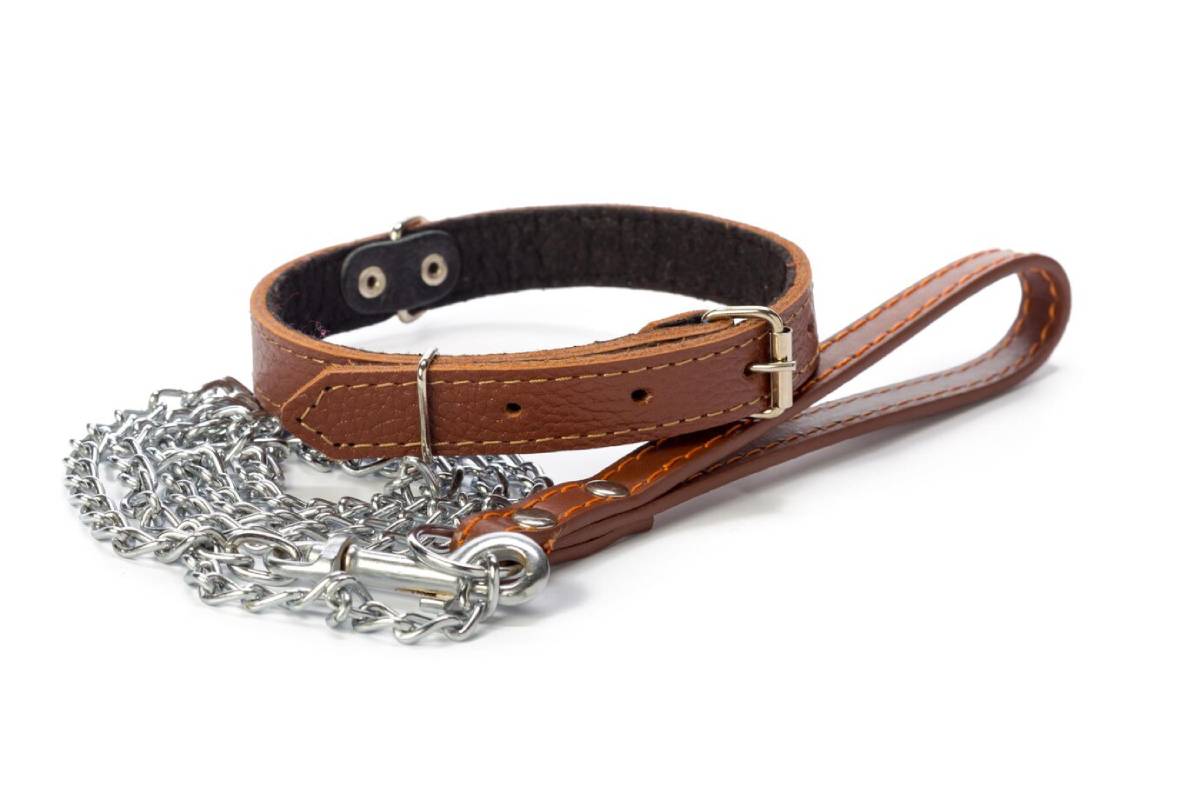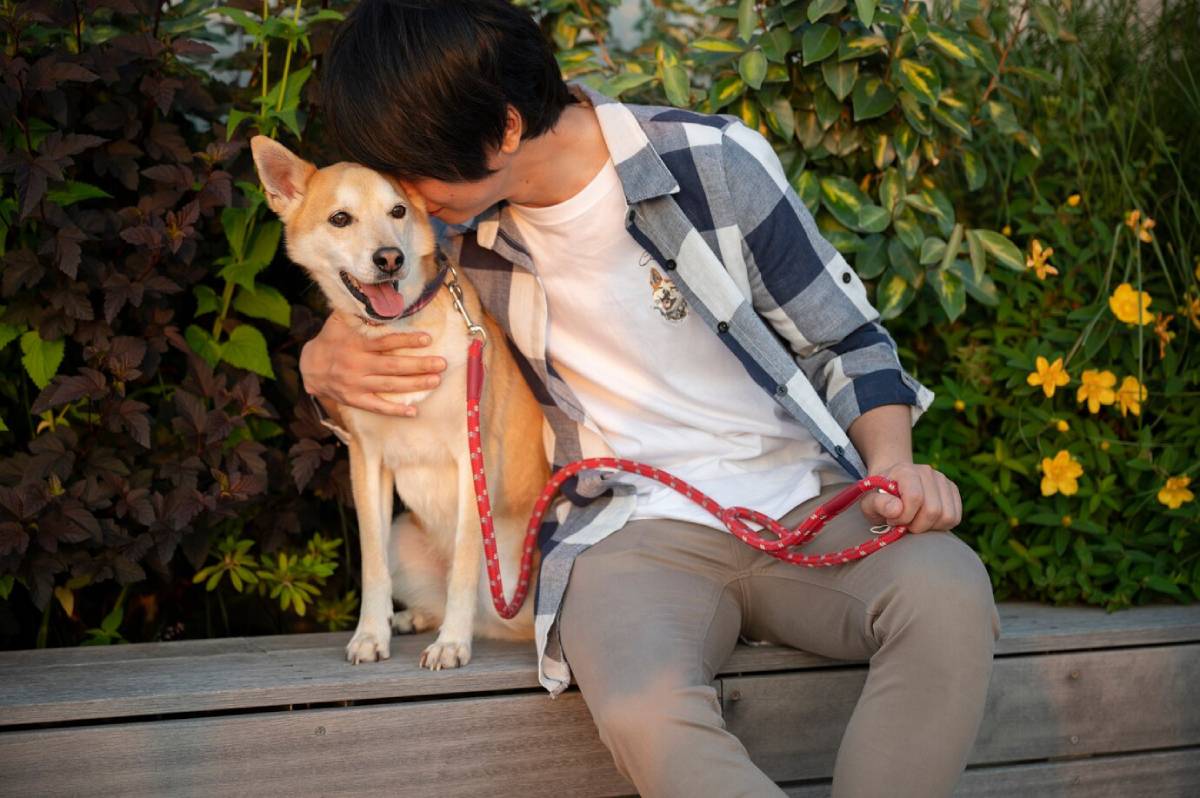
Choosing the Right Collar and Leash for Your Dog
Collars and leads are more than just accessories—they’re essential tools for keeping your dog safe, secure, and stylish. With so many options on the market, from padded harnesses to retractable leads, choosing pet accessories can quickly become overwhelming. But the right setup can make walks more enjoyable and training more effective, while supporting your dog’s comfort and wellbeing.
This guide breaks down the key factors to consider when it comes to dog collar selection and finding the best dog leashes for everyday use, training, or outdoor adventures.
Why the Right Collar and Leash Matter

A well-fitted collar and suitable lead:
- Ensure your dog’s safety during walks and outings
- Support positive training and behaviour management
- Reflect on your dog’s personality and lifestyle
- Comply with legal requirements, such as ID tags in public places
Poorly chosen accessories can lead to discomfort, pulling, skin irritation, or even injury. Taking the time to find the right combination benefits both you and your dog.
Dog Collar Selection: Types and Features
When selecting a collar, consider your dog’s size, breed, temperament, and activity level. Here are the most common collar types and when they’re best used:
Flat Collars
- Best for: Everyday wear
- Features: Adjustable strap, quick-release buckle or traditional buckle
- Ideal for: Attaching ID tags and leads for short walks
Flat collars are great for most dogs but should fit snugly—not too tight and not so loose that they slip off. You should be able to fit two fingers between the collar and your dog’s neck.
Martingale Collars

- Best for: Dogs who slip out of standard collars
- Features: A tightening loop that gently prevents escape without choking
- Ideal for: Greyhounds, Whippets, or anxious dogs
Martingales offer more control and security, particularly for dogs with slim necks or a tendency to back out of their collar.
Harnesses
- Best for: Dogs who pull or have respiratory issues
- Features: Front or back clip options, padded straps for comfort
- Ideal for: Training, long walks, and brachycephalic breeds (e.g., Pugs, French Bulldogs)
Harnesses distribute pressure more evenly than collars and reduce the risk of neck injury. They’re especially beneficial for small breeds or dogs with delicate tracheas.
Head Collars (Halti/Gentle Leader)
- Best for: Large or strong dogs in training
- Features: Loops over the muzzle and neck
- Ideal for: Reducing pulling without force
Head collars require proper introduction and training to avoid discomfort, but they can be highly effective for strong pullers when used correctly.
Best Dog Leashes: What to Look For
Leads come in a variety of styles and lengths. The best choice depends on your walking routine, environment, and your dog’s behaviour.
Standard Leads
- Length: 1.2–1.8 metres (4–6 feet)
- Best for: Daily walks and training
- Material: Nylon, leather, or rope
Standard leads offer control and predictability. They’re ideal for leash training and walking in busy areas.
Retractable Leads
- Length: Up to 8 metres (26 feet)
- Best for: Well-behaved dogs in open spaces
- Considerations: May cause tangles, sudden jerks, or reduced control
Retractable leads give dogs more freedom to roam, but they require consistent supervision and are not suitable for training or high-traffic areas.
Long Training Lines
- Length: 5–15 metres (16–50 feet)
- Best for: Recall training or exploring on-lead
- Material: Lightweight webbing or waterproof biomethane
These leads are perfect for safe exploration during training, especially in open fields or beaches.
Hands-Free Leads
- Best for: Jogging or active owners
- Features: Worn around the waist or cross-body
- Ideal for: Dogs who walk calmly and consistently
These are convenient for active lifestyles but should only be used with dogs that are already leash-trained.
Double Leads and Splitters
- Best for: Walking two dogs at once
- Features: A single handle that splits into two leads
- Ideal for: Dogs that walk well together and don’t tangle easily
Useful for multi-dog households but not ideal if the dogs have vastly different walking styles.
Material Matters: Durability and Comfort
When choosing pet accessories, material plays a big role in function and longevity.
- Nylon: Affordable, lightweight, and available in many colours
- Leather: Durable and stylish but requires maintenance
- Biothane: Waterproof, strong, and easy to clean—great for all-weather use
- Reflective materials: Improve visibility during low-light walks
Choose a lead and collar with quality stitching and strong hardware to ensure it stands up for daily use.
Sizing and Fit Guide
Proper sizing ensures comfort and prevents injury. When selecting a collar:
- Measure your dog’s neck with a soft tape measure
- Add 2–3cm for comfort
- Use size charts provided by manufacturers
For harnesses:
- Measure your dog’s chest girth and neck
- Look for adjustable straps and padding to prevent chafing
For leads:
- Consider your height and walking habits—shorter leads for city walks, longer ones for parks or training
Personalisation and Style
Once the practical elements are covered, you can have fun with colour, patterns, and personalisation.
- Add an engraved ID tag with your contact details (required by law in many areas)
- Choose colours that contrast with your dog’s coat for visibility
- Pick patterns or designs that reflect your dog’s personality
Many brands now offer matching lead, collar, and harness sets—ideal for fashion-forward pups and their owners.
Final Thoughts: Finding the Right Fit

The best collar and lead setup balances safety, comfort, control, and style. With so many options available, dog collar selection and finding the best dog leashes is about more than just dressing up—it’s about supporting your dog’s daily well-being and behaviour.
Take your time, measure carefully, and observe how your dog responds to different styles. With the right tools, your walks will be more enjoyable, your training will be more effective, and your bond will be even stronger.


